Results
-
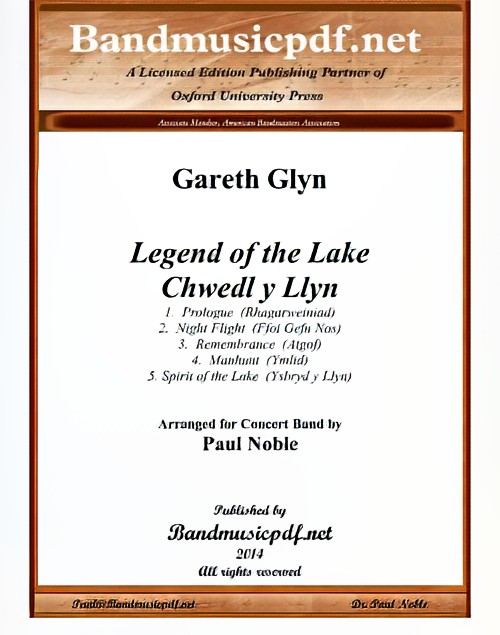 £195.00
£195.00Legend of the Lake (Concert Band - Score and Parts) - Glyn, Gareth - Noble, Paul
The origins of Legend of the Lake lie in music Gareth Glyn composed for a film which wove a tale of smuggling, treachery and unrequited love into the fabric of old legends, some dating from Celtic times, about one of the many sacred lakes of Anglesey. Whether the music depicts the fleet-footedness of smugglers' ponies, the summary punishment of outlaws or the bittersweetness of remembrance, the theme of the Spirit of the Lake, first heard on a distant trumpet at the beginning, is never far away.
Estimated dispatch 7-14 working days
-
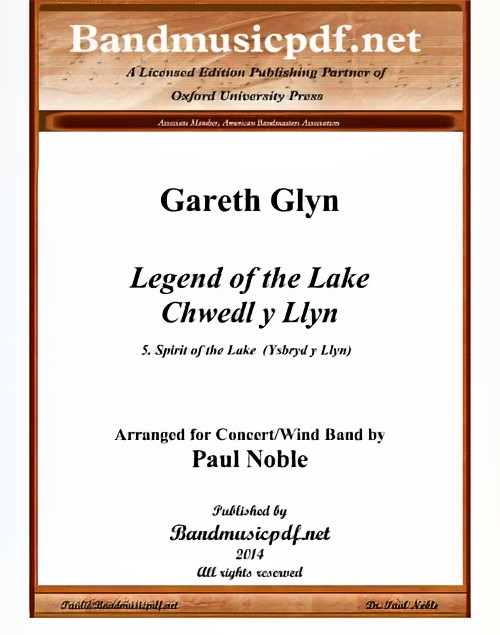 £75.00
£75.00Night Flight (from Legend of the Lake) (Concert Band - Score and Parts) - Glyn, Gareth - Noble, Paul
The origins of Legend of the Lake lie in music Gareth Glyn composed for a film which wove a tale of smuggling, treachery and unrequited love into the fabric of old legends, some dating from Celtic times, about one of the many sacred lakes of Anglesey. Whether the music depicts the fleet-footedness of smugglers' ponies, the summary punishment of outlaws or the bittersweetness of remembrance, the theme of the Spirit of the Lake, first heard on a distant trumpet at the beginning, is never far away.
Estimated dispatch 7-14 working days
-
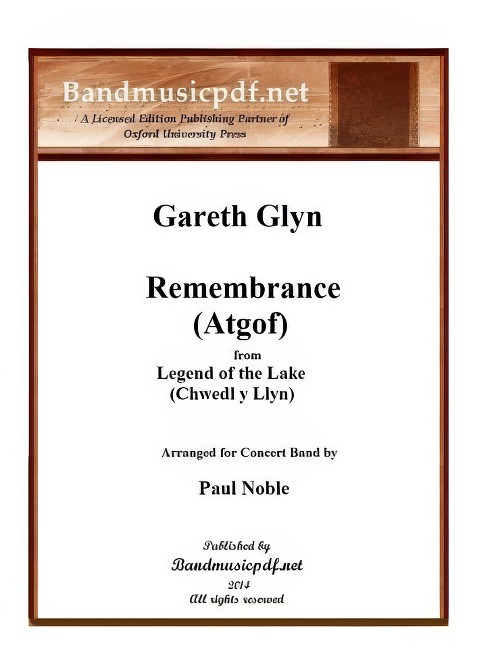 £75.00
£75.00Remembrance (from Legend of the Lake) (Concert Band - Score and Parts) - Glyn, Gareth - Noble, Paul
The origins of Legend of the Lake lie in music Gareth Glyn composed for a film which wove a tale of smuggling, treachery and unrequited love into the fabric of old legends, some dating from Celtic times, about one of the many sacred lakes of Anglesey. Whether the music depicts the fleet-footedness of smugglers' ponies, the summary punishment of outlaws or the bittersweetness of remembrance, the theme of the Spirit of the Lake, first heard on a distant trumpet at the beginning, is never far away.
Estimated dispatch 7-14 working days
-
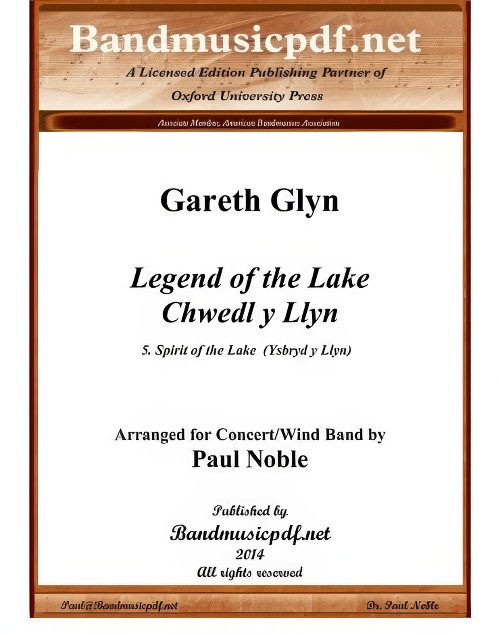 £75.00
£75.00Spirit of the Lake (from Legend of the Lake) (Concert Band - Score and Parts) - Glyn, Gareth - Noble, Paul
The origins of Legend of the Lake lie in music Gareth Glyn composed for a film which wove a tale of smuggling, treachery and unrequited love into the fabric of old legends, some dating from Celtic times, about one of the many sacred lakes of Anglesey. Whether the music depicts the fleet-footedness of smugglers' ponies, the summary punishment of outlaws or the bittersweetness of remembrance, the theme of the Spirit of the Lake, first heard on a distant trumpet at the beginning, is never far away.
Estimated dispatch 7-14 working days
-
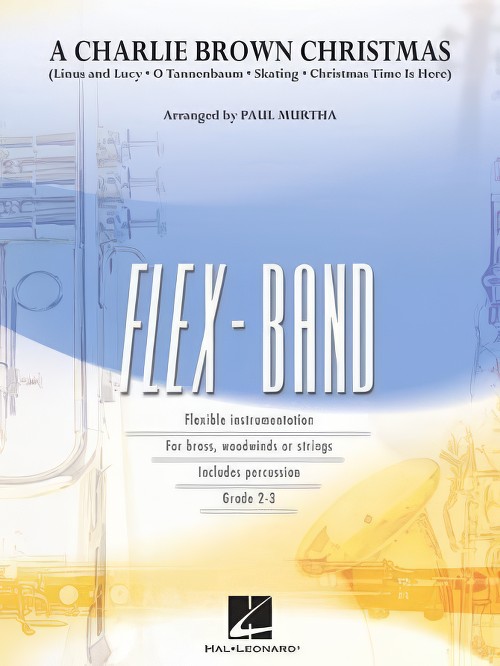 £72.99
£72.99A Charlie Brown Christmas (Flexible Ensemble - Score and Parts) - Guaraldi, Vince - Murtha, Paul
The magic of the holiday season through the eyes of Charlie Brown never grows old. Here is a terrific medley written with flexible instrumentation of Vince Guaraldi's marvellous music.Includes:Linus and LucySkatingO TannenbaumChristmas Time is Here
Estimated dispatch 7-14 working days
-
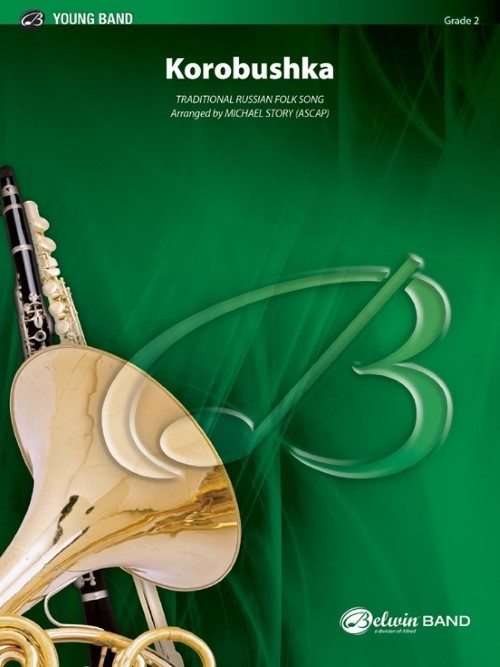 £60.50
£60.50Korobushka (Concert Band - Score and Parts) - Story, Michael
Based on an 1861 poem by Nikolay Nekrasov, the composer of this Russian folk song, also known as "The Peddler," is unknown. Brought to America by Russian immigrants in the early 1900s, the charm of this old world melody will brighten any concert. In a bright 2/4 meter, the energy flows start to finish. Delightful!Duration:2:00
Estimated dispatch 7-14 working days
-
 £52.95
£52.95With Thine Eyes (Concert Band - Score and Parts) - McWilliams, Rob
This delightful arrangement of the popular old English song Drink to Me Only with Thine Eyes provides younger symphonic bands with an opportunity to play lyrically while still sounding rich and mature. Plenty of variety in scoring and some jazzier harmonic twists make this piece perfect as a lovely change of pace for your next concert!Duration: 3:15
Estimated dispatch 7-14 working days
-
 £79.50
£79.50Oak Island Odyssey (Concert Band - Score and Parts) - Gassi, Vince
The Vikings, Blackbeard, Captain Kidd, the Freemasons, the Knights Templar, and Marie Antoinette - these are the legends of Oak Island and its two hundred year old tale of exploration and intrigue in Nova Scotia, Canada. With bold themes and energetic drive, this musical odyssey captures the sense of adventure that has surrounded the ongoing quest for buried treasure.Duration: 4:30
Estimated dispatch 7-14 working days
-
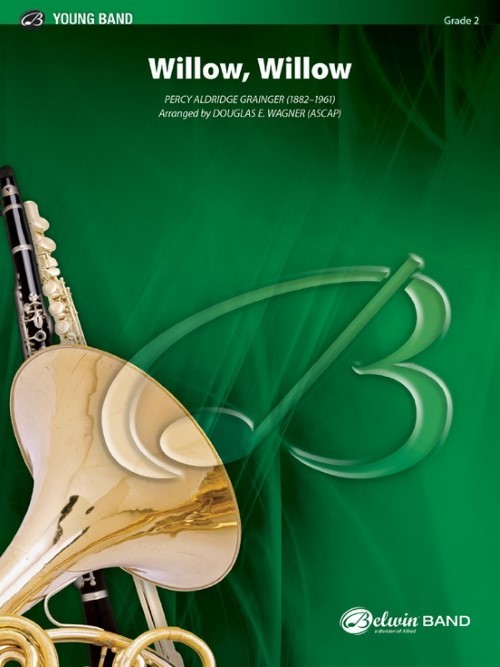 £55.00
£55.00Willow, Willow (Concert Band - Score and Parts) - Grainger, Percy Aldridge - Wagner, Douglas E.
The first of Grainger's settings of songs and tunes from William Chappell's "Old English Popular Music," this intense musical ballad offers the listener a languid and emotionally charged adaptation of Desdemona's song from Shakespeare's Othello.Duration: 2:30
Estimated dispatch 7-14 working days
-
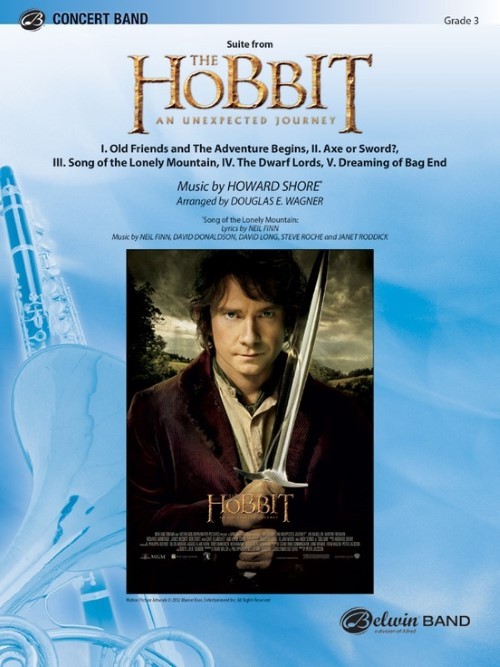 £84.50
£84.50The Hobbit: An Unexpected Journey, Suite from (Concert Band - Score and Parts) - Shore, Howard - Wagner, Douglas E.
Faithfully presented in this exciting suite, these five movements from Howard Shore's brilliantly conceived original soundtrack capture the adventure, excitement, and tender moments of the first of the prequels to the epic Lord of the Rings trilogy. Includes: Old Friends and The Adventure Begins; Axe or Sword?; Song of the Lonely Mountain; The Dwarf Lords; Dreaming of Bag End.Duration: 9:00
Estimated dispatch 7-14 working days
